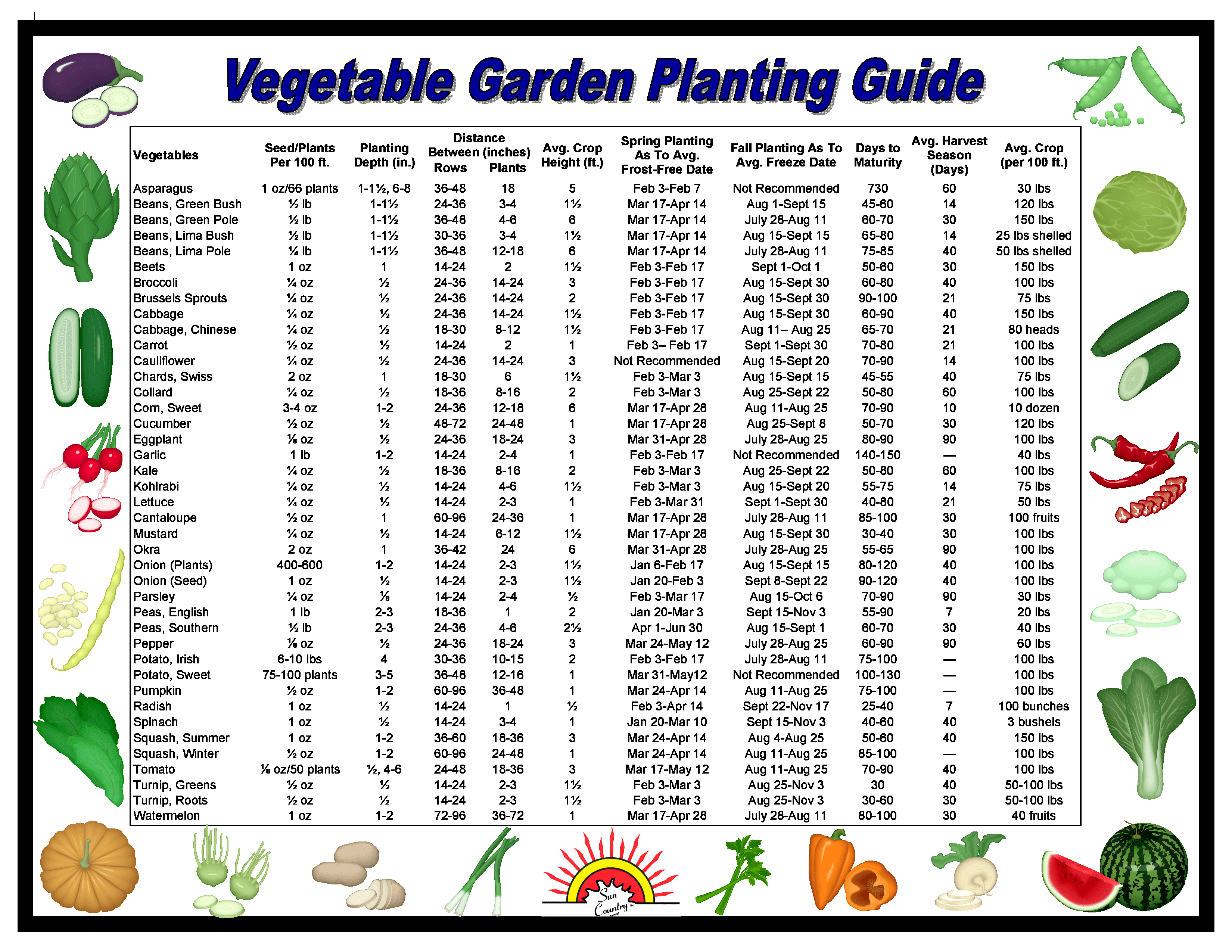Zone 5 Vegetable Planting: Your Guide to a Thriving Garden
Imagine stepping into your garden, surrounded by the vibrant green of healthy, thriving vegetables. The air is filled with the sweet scent of ripe tomatoes, and you're already anticipating the delicious meals to come. This dream can become a reality with mindful planning and an understanding of the best time to plant vegetables in zone 5.
Zone 5 gardening presents unique opportunities and challenges. Knowing the ideal planting schedule is crucial for maximizing your yield. The timing is influenced by the last spring frost, which typically occurs in mid-May, and the first fall frost, usually in mid-October. This window provides a relatively short growing season, making accurate planting dates paramount.
Historically, understanding the timing of nature's cycles has been essential for survival. Farmers relied on their knowledge of frost dates, soil temperatures, and seasonal changes to cultivate crops successfully. In zone 5, this wisdom is especially relevant. The shorter growing season requires careful consideration of which vegetables to plant and when to sow them.
The importance of planting vegetables at the right time in zone 5 cannot be overstated. Planting too early can expose tender seedlings to damaging frosts, while planting too late can result in underdeveloped plants that fail to reach maturity before the first fall frost arrives. Understanding the nuances of zone 5's specific climate is key to a bountiful harvest.
A successful zone 5 garden hinges on understanding the unique characteristics of the climate. Temperatures fluctuate significantly, and the growing season is relatively short. Therefore, selecting the correct varieties and meticulously planning your planting schedule is essential. This includes knowing the difference between cool-season and warm-season crops.
Cool-season crops like lettuce, spinach, and peas can tolerate lighter frosts and thrive in cooler temperatures. These vegetables can often be directly sown into the garden several weeks before the last expected frost. Warm-season crops, such as tomatoes, peppers, and cucumbers, require warmer soil and air temperatures to flourish. These should be started indoors or purchased as transplants and planted outdoors after the danger of frost has passed.
Planning your planting schedule involves considering the average last and first frost dates for your specific location within zone 5. Consulting a local gardening resource or using an online planting calendar can provide more precise dates. Once you know your frost dates, you can work backward to determine the ideal sowing dates for your chosen vegetables. For example, if your last frost is typically around May 15th and your tomato plants need 8 weeks to mature, you should start your tomato seeds indoors around March 20th.
One of the key benefits of understanding the ideal planting time in zone 5 is maximizing your yield. By planting at the right time, you ensure that your plants have enough time to grow and produce a bountiful harvest before the first fall frost arrives.
Another benefit is reduced plant stress. Planting at the appropriate time allows your plants to establish strong root systems and adapt to the outdoor environment more effectively, reducing their susceptibility to diseases and pests.
Finally, proper timing contributes to higher-quality produce. Vegetables grown under optimal conditions tend to be larger, more flavorful, and more nutritious.
A simple action plan for successful planting in zone 5 includes: 1) Determining your average last and first frost dates. 2) Selecting appropriate vegetable varieties for your climate. 3) Creating a planting schedule based on seed starting times and transplant dates. 4) Monitoring soil temperatures and weather conditions. 5) Providing consistent care, including watering, fertilizing, and pest control.
Advantages and Disadvantages of Planting in Zone 5
| Advantages | Disadvantages |
|---|---|
| Can grow a wide variety of vegetables | Shorter growing season |
| Distinct seasons benefit certain crops | Risk of late spring and early fall frosts |
Best practices for zone 5 vegetable planting include hardening off seedlings before transplanting, using row covers to protect young plants from late frosts, amending soil with compost to improve drainage and fertility, and practicing crop rotation to prevent disease buildup. Consistent watering and pest control are also crucial for healthy plant growth.
Challenges in zone 5 gardening include the risk of late frosts, which can damage or kill tender seedlings. Solutions include using row covers, cloches, or cold frames to protect plants. Another challenge is the shorter growing season. Choosing fast-maturing varieties and succession planting can help maximize yields.
In conclusion, understanding when to plant vegetables in zone 5 is crucial for a thriving and productive garden. By carefully considering the unique climate and following the advice outlined here, you can maximize your yields, reduce plant stress, and enjoy the satisfaction of harvesting your own delicious, homegrown vegetables. Embrace the challenges and rewards of gardening in zone 5, and savor the fruits (and vegetables!) of your labor.
Craving love island season 5 your ultimate viewing guide
Navigating support in new milford your social services guide
Crafting effective customer return messages a comprehensive guide















